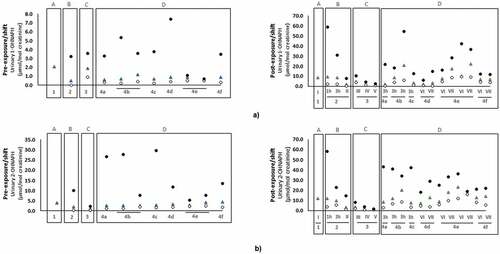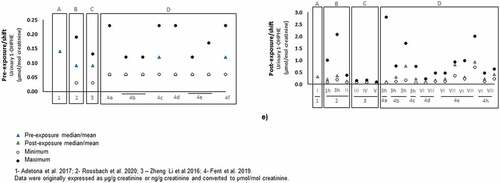Figures & data
Figure 1. Air pollution components (a) (reproduced from Marris et al. (Citation2020) under creative commons CC by license), and their potential mechanisms of carcinogenesis (b) (reproduced from Turner et al. (Citation2020), copyright (2023), with permission from John Wiley and sons).
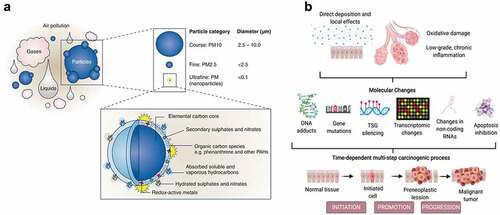
Figure 2. Flow-chart of the literature selection method. *note: some studies characterized more than one biomarker and included different matrices.
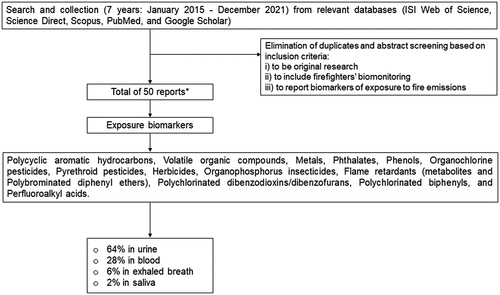
Table 1. Identification of biomarkers of exposure determined in biological samples of firefighters.
Figure 3. Urinary concentrations (mean and/or median, expressed as µmol/mol creatinine) of the established PAHs biomarker of exposure 1-hydroxypyrene (1-OHPYR) in firefighters and instructors at pre- and post-exposure periods.
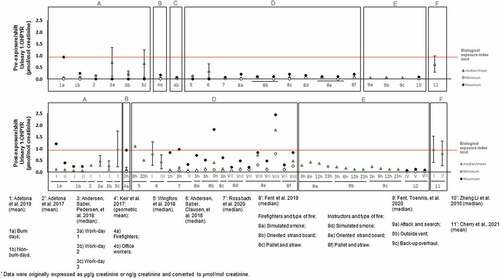
Figure 4. Urinary concentrations (mean and/or median, expressed as µmol/mol creatinine) of PAHs biomarkers of exposure: a) 1-hydroxynaphthalene (1-OHNAPH); b) 2-hydroxynaphtalene (2-OHNAPH); c) 2-hydoxyfluorene (2-OHFLU); d) 3-hydroxyfluorene (3-OHFLU); e) 1-hydroxyphenanthrene (1-OHPHE) in firefighters and instructors at pre- and post-exposure periods.
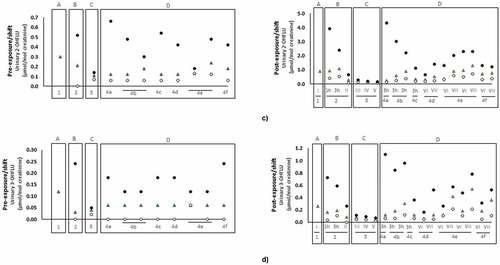
Table 2. Concentration (range, expressed as µg/L) of polycyclic aromatic hydrocarbons reported in firefighters’ saliva.
Figure 5. Biological pathways for benzene metabolism, toxicity, and health effects. Reproduced from Bahadar, Mostafalou, and Abdollahi (Citation2014), copyright (2023), with permission from Elsevier. note: CYP2E1: cytochrome P450 family 2 subfamily E member 1; ROS: reactive oxygen species.
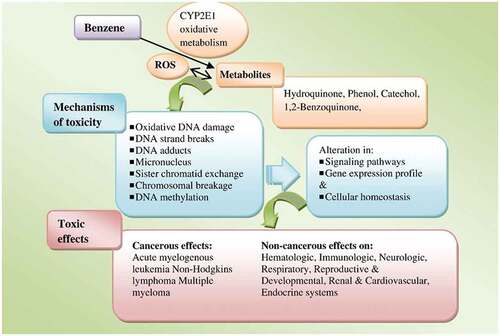
Table 3. Concentrations of volatile organic compounds and/or their metabolites (excluding polycyclic aromatic hydrocarbons) in urine (median, expressed as μg/g creatinine except indicated otherwise) and exhaled breath (geometric mean expressed as ppbv, except indicated otherwise) of firefighters.
Figure 6. Heavy metals toxicological mechanisms and consequent health effects. Reproduced from Mitra et al. (Citation2022), under creative commons CC by license.
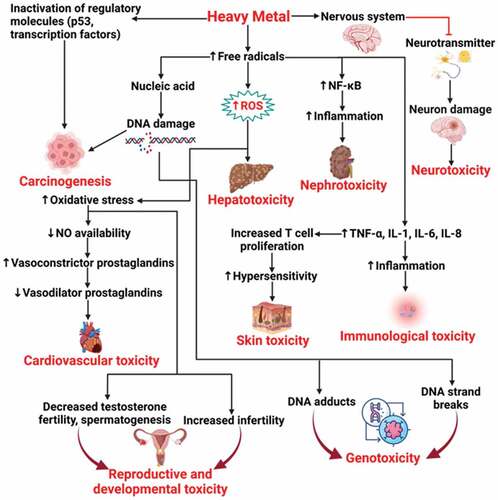
Figure 7. Concentration of heavy metals and metalloids reported in urine (a) and blood (b) of firefighters.
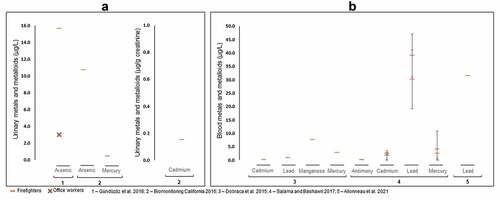
Figure 8. Toxicological pathways for polybrominated diphenyl ethers (PBDEs): (a) endocrine disruption; (b) development consequences; (c) carcinogenesis. Reproduced from Wu et al. (Citation2020), copyright (2023), with permission from Elsevier.
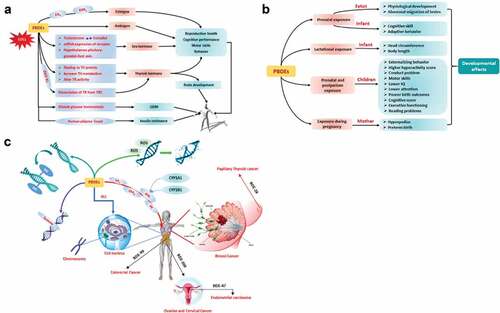
Table 4. Concentrations of biomarkers of exposure of flame retardants (unmetabolized and metabolized compounds presented as geometric mean (95% CI), unless indicated otherwise) reported in firefighters.
Table 5. Concentration of other biomarkers of exposure (unmetabolized and metabolized compounds presented as geometric mean (95% CI), unless indicated otherwise) reported in firefighters.
Figure 9. Perfluoroalkyl acids associated disruption in the brain, immune system organs, liver, and kidney. Reproduced from Starnes et al. (Citation2022), under creative commons CC by license.
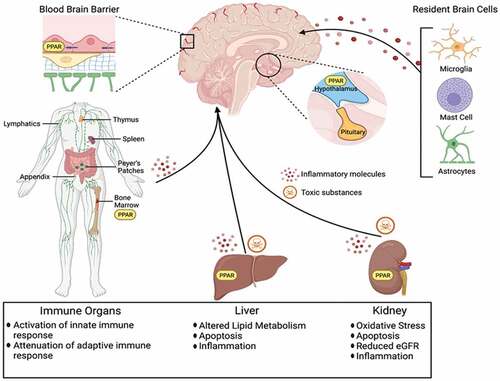
Supplemental Material
Download MS Word (273 KB)Data availability statement
Data sharing is not applicable to this article as no new data were created or analyzed in this study. The authors confirm that the data supporting the findings of this study are available within the article [and/or] its supplementary materials.

